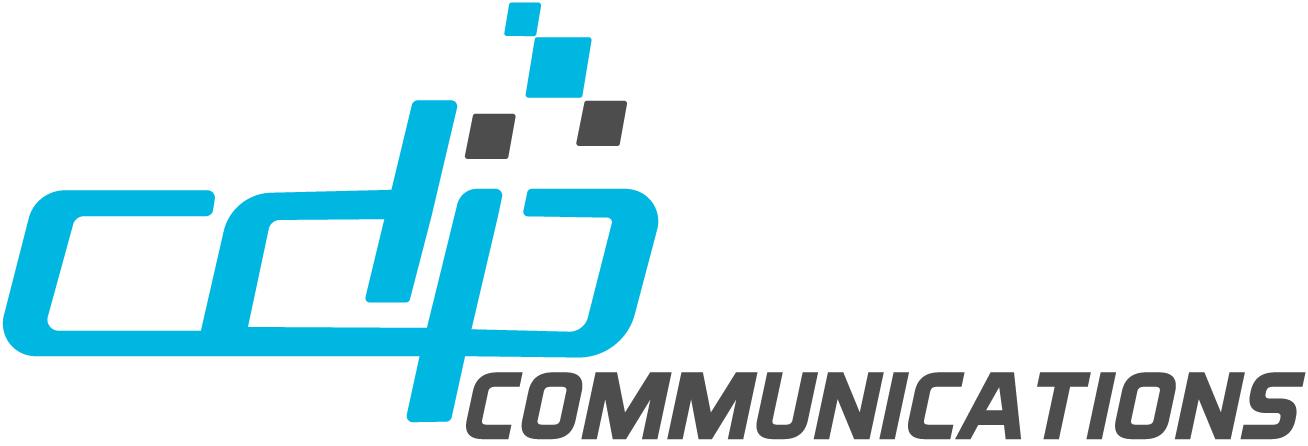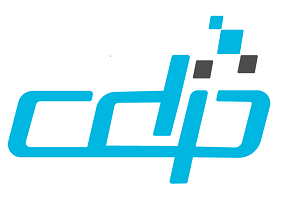There are many Myths surrounding Accessible Enterprise Digital Documents. This article explores the Top 10. Ensuring the accessibility of digital documents is not just a matter of compliance; it’s about equal communication, expanding markets, and embracing inclusivity. However, a multitude of myths surrounding accessibility persist, leading many to believe they are doing enough when, in reality, they are not. In this comprehensive exploration, we debunk the top 10 accessibility myths that plague the landscape of enterprise digital document creation.
Myth 1: Accessibility Is Solved With a Parameter Setting
Reality: Accessibility Goes Beyond a Checkbox
One prevalent myth suggests that accessibility can be achieved through a single parameter setting on a document composition engine. In truth, this parameter merely flags a document as accessible without actually making it so. Accessibility encompasses a wide array of considerations, including semantic structure, alternative text, and proper reading order.
Myth 2: “Accessible upon Request” Is Good Enough
Reality: True Accessibility Is Inherent
Another myth purports that providing accessibility “upon request” is sufficient. This notion implies that as long as accessibility features are available when requested, no further action is required. However, genuine accessibility means making documents inherently inclusive, not treating it as an optional add-on. Neglecting this principle can result in customers seeking more accessible alternatives elsewhere.
Myth 3: “Good Enough” Means Reading Left to Right
Reality: Accessibility Demands More
The oversimplified belief that documents merely need to be read from top to bottom, left to right, falls short of true accessibility. A document that simply reads from top to bottom, left to right, provides no context for the content and does not allow for navigation. The experience of listening to such a document with adaptive technology has been described as “word salad”. Accessibility encompasses a broader spectrum of user needs and abilities, necessitating thoughtful design, planning, and formatting.
Myth 4: Budget Constraints Excuse Inaccessibility
Reality: Accessibility Is an Ethical Imperative
Using budget limitations as an excuse to overlook accessibility is not justifiable. Accessibility is not just about compliance; it’s a fundamental requirement for inclusive communication. Prioritizing accessibility is not only legally mandated but also ethically imperative.
Myth 5: “Not My Job” Attitude
Reality: Accessibility Is a Collective Effort
The “It’s not my job” mentality deflects accessibility responsibilities and is a pervasive myth. Accessibility is a collective effort involving all stakeholders in the document creation process, from content creators to developers.
Myth 6: The Procrastination Trap: “We’ll do it later”
Reality: Embed Accessibility from the Start
Delaying accessibility efforts until the project’s conclusion is risky and inefficient. Accessibility should be integrated from the project’s inception, ensuring that documents and applications are designed with inclusivity in mind.
Myth 7: “We’ll Add Accessibility Later”
Reality: Accessibility Is Not an Afterthought
Treating accessibility as an afterthought is detrimental. It should be an integral part of document design. For example, considering elements like colour usage in charts to accommodate colourblind users, ensuring universal message comprehension. It’s essential to recognize that relying solely on colour to convey meaning can be limiting.
Myth 8: Legal Compliance Equals Full Accessibility
Reality: Legal Compliance Sets a Minimum Bar
Equating legal compliance with complete accessibility is another myth. Legal standards serve as minimum requirements, often falling short of providing a truly inclusive experience. Meeting the basic legal standards doesn’t guarantee the best user experience for accessibility.
Myth 9: PAC Checker Is the Final Verdict
Reality: Manual Validation Is Crucial
Validation using a tool such as PDF Accessibility Checker – PAC (pdf-accessibility.org) that checks against known accessibility standards (ISO Standard 14289 for PDF/UA and WCAG) is essential. Yet relying solely on a PDF Accessibility Checker (PAC) tool is insufficient. While PAC can automatically verify machine-checkable elements, manual validation remains crucial. For instance, automation can confirm the presence of Alt Text but can’t ensure its accuracy.
Myth 10: AI Can Solve It All
Artificial Intelligence (AI) holds potential for improving accessibility efforts, but it’s not completely reliable yet. AI should be part of a comprehensive accessibility strategy, not a standalone solution.
ADEPT UA by CDP is a proven automation solution for high-volume enterprise document remediation, offering reliability that AI alone cannot provide.
Conclusion: Upholding the Principles of Accessibility
These top 10 accessibility myths must be debunked to create a culture of accessibility in digital document creation. Accessibility is not a mere checkbox or an optional feature; it’s a commitment to inclusivity, equal communication, and universal access. As digital document creators, it’s our responsibility to ensure that accessibility is at the core of every document we produce. By dispelling Myths in Accessible Enterprise Digital Documents, we can pave the way for a more accessible and inclusive digital world.





